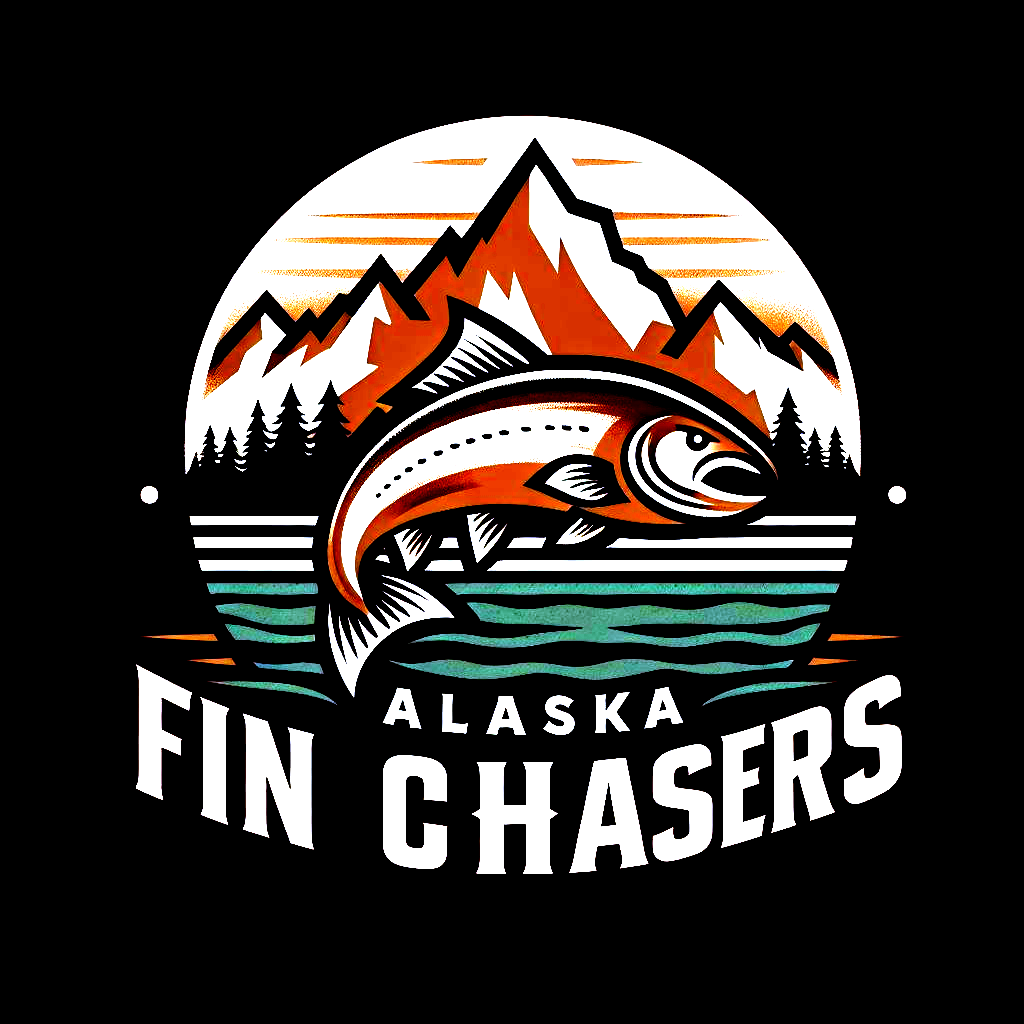
The Kenai Peninsula is a place of unparalleled beauty. Its towering mountains and lush, rainforested shores create a breathtaking and unique landscape. This area is also home to some of Alaska’s most renowned fishing destinations, with rivers like the Kenai, Russian, and Kasilof Rivers. These rivers and this environment owe their existence to the glaciers that call the Kenai home. But what are Glaciers?
Glaciers 101
Glaciers are massive, slow-moving bodies of ice that form when snow accumulates over time and compresses into dense layers. As snow builds up, it turns into ice, and under its weight, the ice begins to flow, carving paths through the landscape. Glaciers are created in cold regions where more snow falls than melts, and their movement shapes valleys, mountains, and rivers. Over time, glaciers release meltwater, contributing to nutrient-rich rivers, particularly in regions like Alaska’s Kenai Peninsula, where glacial runoff is vital for ecosystems.

Why Glacial Rivers Are Vital for Fishing
Glacial rivers are essential to Alaska’s fishing ecosystem. Their unique cold, mineral-rich waters provide an ideal environment for fish, especially salmon, which rely on these rivers for spawning. The chilly water helps regulate the fish’s body temperature during this critical process, ensuring they remain strong and healthy.
Moreover, the high mineral content in the water, including fine silt from the glaciers, plays a crucial role in enriching the ecosystem. It promotes the growth of aquatic plants and supports invertebrates, which form the foundation of the food chain. These nutrients make the waters highly productive, attracting various fish species and creating a balanced and thriving aquatic environment.
Glacial rivers also offer diverse habitats that cater to different fish species, creating an exciting environment for anglers. Salmon are typically found in fast-moving riffles, where they gather for spawning. At the same time, rainbow trout and Dolly Varden tend to favor deeper, slower pools. These varying conditions ensure that the rivers support a broad range of fish, providing ample opportunities for anglers to target multiple species.
The nutrient-rich waters of glacial rivers are also responsible for the robust food web, which sustains young fish and adult populations throughout the year. These rivers contribute significantly to the local fishing economy, supporting recreational anglers and the region’s commercial fishing industry. By maintaining the ecological balance of these waterways, glacial rivers play a pivotal role in ensuring that Alaska remains a world-renowned fishing destination.
Top Glacial Rivers on the Kenai Peninsula
- Kenai River: The Kenai River is renowned for its world-class salmon runs, particularly the king salmon, attracting anglers worldwide. The glacial silt, which gives the river its signature milky appearance, is a result of the grinding action of the glacier against the rocks, creating a fine powder that remains suspended in the water. This unique feature doesn’t affect its productivity. The nutrient-rich river is a prime location for salmon and rainbow trout fishing. The summer brings an influx of fish, and the diverse habitats along the river’s course ensure that different species can thrive.
- Russian River: A tributary of the Kenai, it is famous for its sockeye salmon run. While still glacial, the water here tends to be slightly more transparent than the main Kenai, allowing for more visibility. This river offers some of the best fishing for sockeye during the peak season and opportunities for rainbow trout and Dolly Varden. The Russian River’s beautiful, peaceful surroundings make it a popular spot for anglers seeking a quieter experience.
- Kasilof River: Located less than 30 miles from Kenai, the Kasilof River is another excellent fishing spot. It offers a more relaxed environment compared to the heavily trafficked Kenai River. The Kasilof is known for its king and silver salmon runs and is often less crowded. The clear glacial waters provide an excellent opportunity for anglers to target these salmon species as they make their way through the river from Cook Inlet. With its slower flow, the Kasilof River also offers excellent opportunities for drift fishing. For a successful fishing trip, consider using a drift boat or wading in the river to get the best catch.
